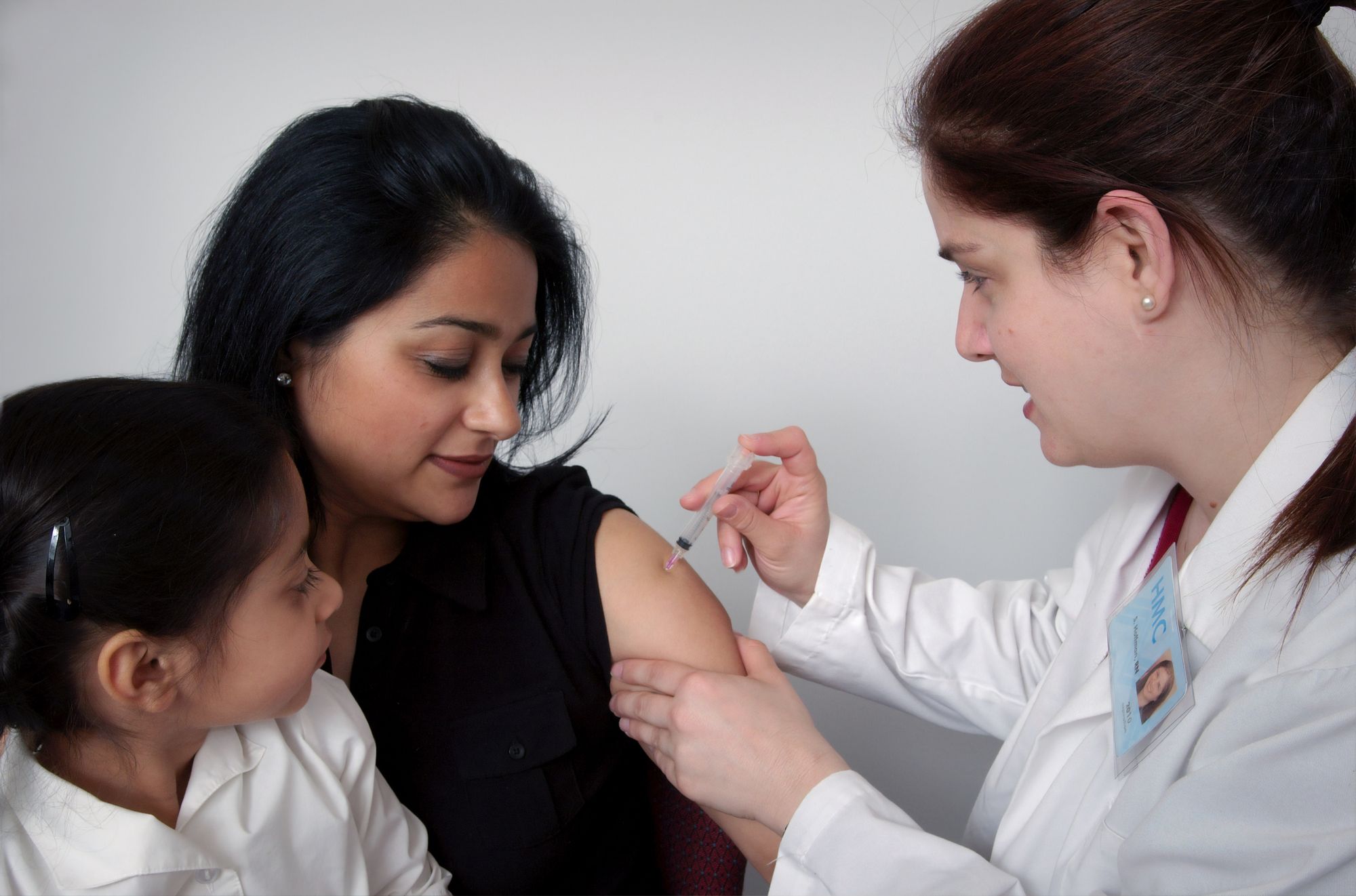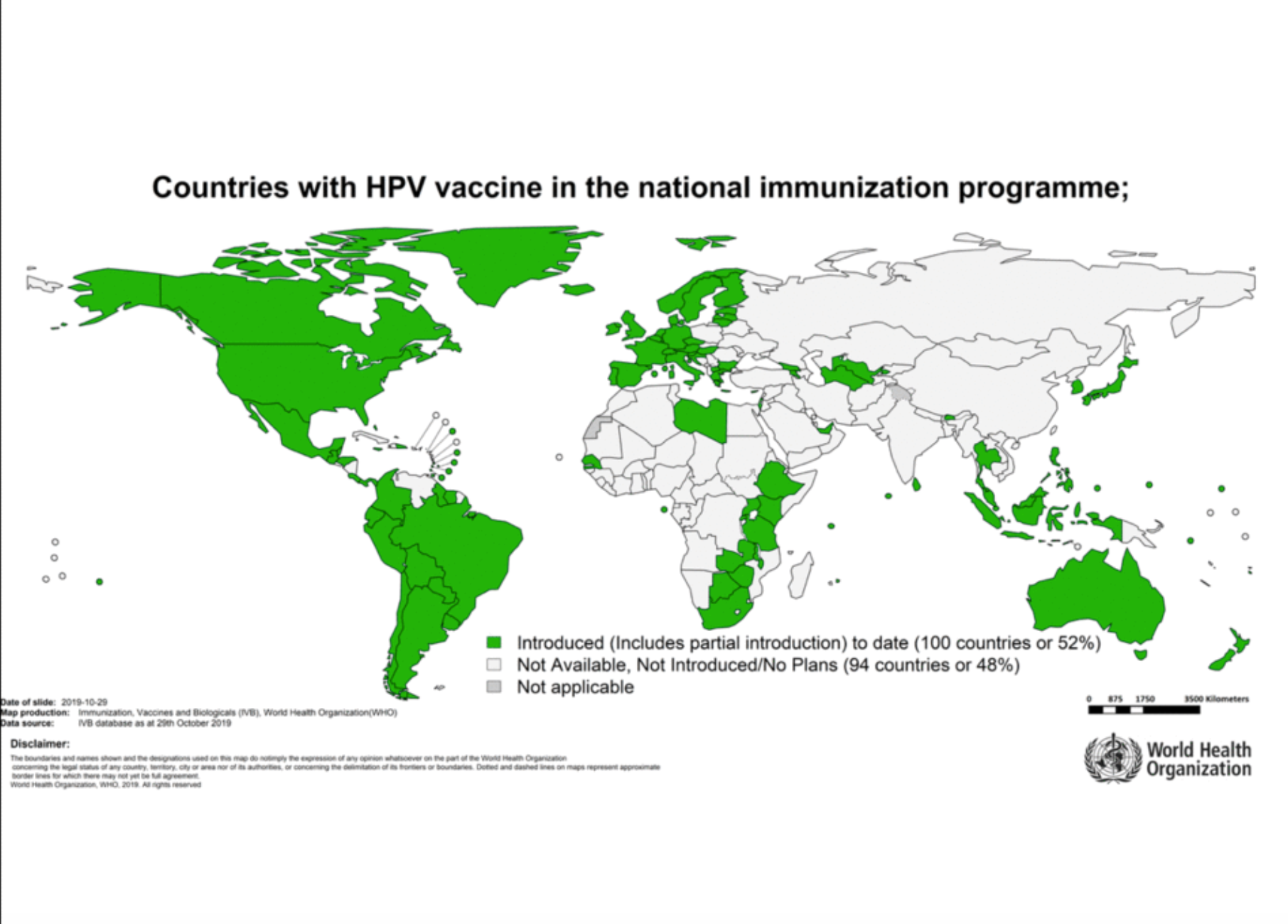Disease Awareness: Cervical Cancer
January is Cervical Cancer Awareness Month!
Not long ago, cervical cancer was one of the main causes of death by cancer for women in the US. However, deaths from cervical cancer have decreased by 74% in the last 50 years due to the introduction of cervical cancer screening and Human Papillomavirus (HPV) vaccination.
The majority of cervical cancers are attributable to HPV infection. Early detection is a key factor in the prevention and curing of cervical cancer, largely due to the fact that it takes 15 to 20 years for cervical cancer to develop in women with normal immune systems. Therefore, screening allows precancerous lesions to be detected and treated.
Cervical precancers are usually asymptomatic; however symptoms of vaginal discharge, abnormal vaginal bleeding, vaginal odor or pain would increase concern for cervical cancer. Risk factors for cervical cancer include increased age and weight, smoking habits, an immunosuppressed state, and high risk sexual behavior.

The pap smear was invented by and named after the Greek-American doctor Georgios Papanikolaou in 1923, and a simplified version was created and introduced by Anna Hilliard in 1957.
Cervical cancer can often be asymptomatic, especially in its earlier stages, doctors recommend regular testing. If you are 21-29 years old, the recommended pap smear test interval is every 3 years. For women 30-65 years old, the recommended pap smear test interval is every 5 years if HPV co-testing is performed. When diagnosed at an earlier stage, there is a higher chance of curing a patient of the disease.
As of October 31st 2019, 100 countries have introduced HPV vaccines into their normal national schedules, according to the World Health Organization. In Australia, one of the first countries to begin HPV vaccination programs, a 2018 paper suggested there will be fewer than 4 cases in 100,000 there by 2028. Experts are urging those in the US to better educate themselves about HPV vaccines and about cervical cancer: according to a study published in JAMA Pediatrics, more than 70% of adults in the US were unaware of the HPV-related risk to certain types of cancers. To increase awareness about cervical cancer and screening, a comprehensive approach should be used and include community education aimed at primary and secondary prevention.

This January is National Cervical Cancer Awareness Month. Each year, over 13,000 women in the US are diagnosed with invasive cervical cancer. Although there has been a dramatic reduction in the incidence of cervical cancer, many new cases of cervical cancer could be prevented with appropriate screening and vaccination implementation. Encourage everyone to get tested regularly; early detection can save a life!
Check out these two popular questions about cervical cancer on theMednet!
How would you manage a small posterior vaginal defect noted at the time of cervical brachytherapy?
